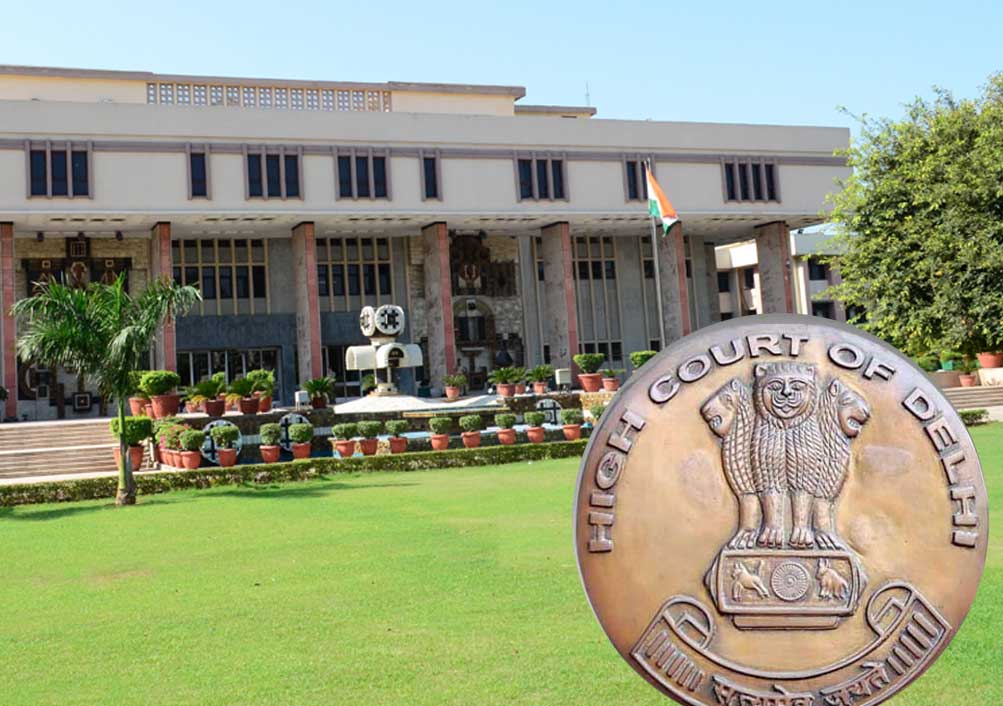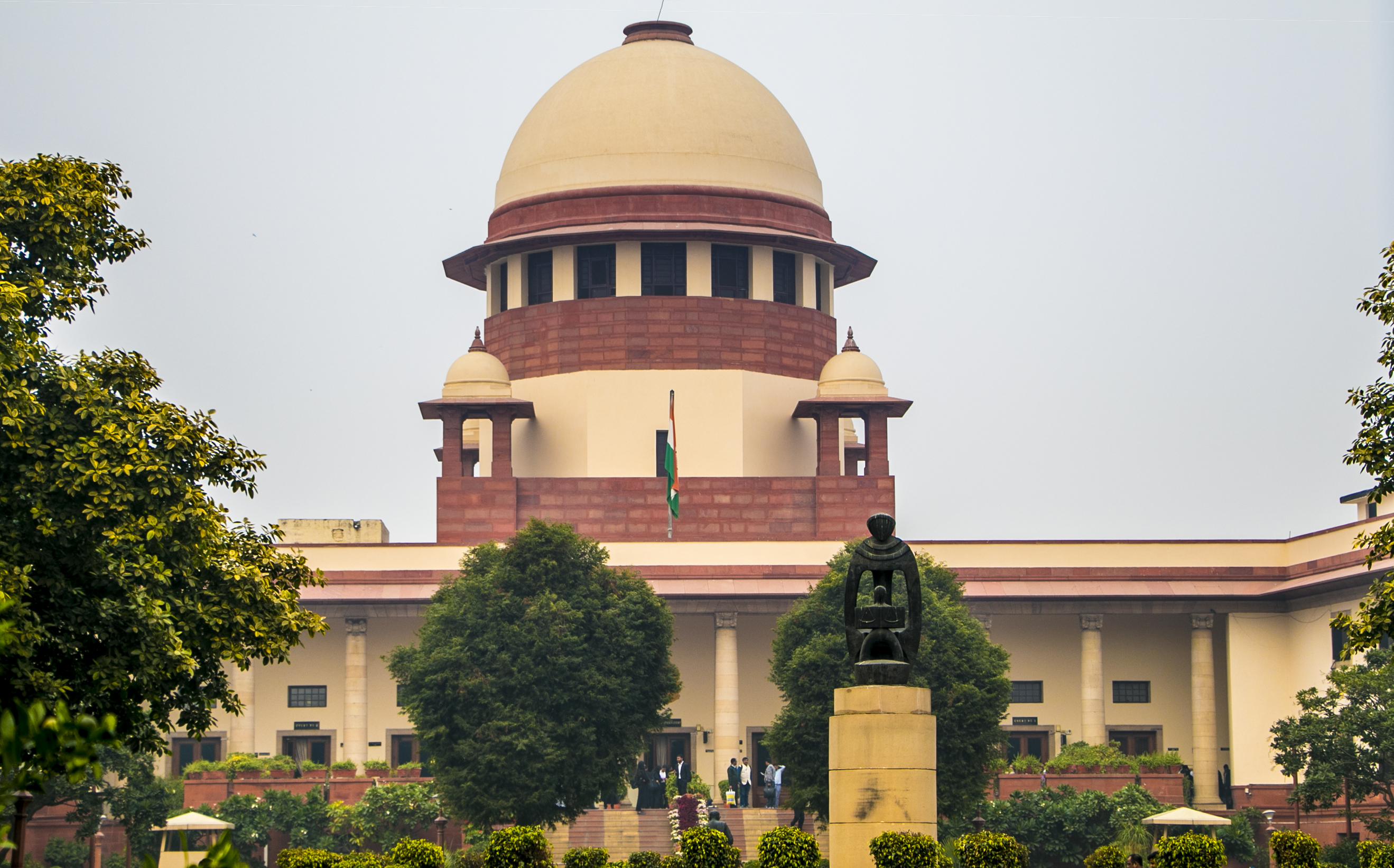In CRL.A. 804 OF 2019 -DEL HC- Prosecution failed to prove its case beyond reasonable doubt: Delhi High Court sets aside conviction and life imprisonment sentence awarded to former MLA Satender Solanki in murder case
Justice Mukta Gupta and Justice Poonam A. Bamba [26-06-2023]

Read More: Satender Solanki v. State (NCT of Delhi)
Simran Singh
New Delhi, June 28, 2023: The Delhi High Court, while giving the ‘benefit of doubt’, set aside the conviction and sentence of life imprisonment awarded to Satender Solanki, former Member of Legislative Assembly (MLA) from Barnaava Vidhan Sabha in Uttar Pradesh, who was accused in a murder case.
The Division Bench comprising of Justice Mukta Gupta and Justice Poonam A. Bamba stated that “…the prosecution has failed to prove its case beyond reasonable doubt. Thus, conviction of the appellant for the offences punishable under Sections 302/307 IPC, cannot be sustained. The impugned judgment of conviction and order on sentence are accordingly set aside…Concerned Superintendent Jail is directed to release the appellant forthwith if not required in any other case.”
On 29-04-2019, the Patiala House Court, New Delhi had convicted Solanki and his brother Harender Solanki for offences under Sections 302 and 307 of Indian Penal Code, 1860 (IPC). The Trial Court on 07-05-2019 passed the order sentencing Satender Solanki to life imprisonment and fine of Rs. 25, 000, hence the present appeal.
The prosecution’s case was that on 24-06-1997, Inder Pal Dhaka (deceased) along with Ashok Kumar (injured) were travelling in a car from his residence to University. Inder Pal Dhaka was shot dead by the appellant-convict and other accused persons.
The residents of Meerut, appellant-convict and his brother Billu, sons of Krishan Singh, both had allegedly come on a scooter and started firing on the deceased, due to which he received many bullet injuries. Even Ashok Kumar received bullet injuries on his hip. Thereafter, the complainant Amarpal Singh Dhaka (elder brother of the deceased), with the help of others gathered at the spot of incident and took both the injured to Suri Nursing Home, where the doctors declared Inder Pal Dhaka as ‘brought dead’. The other person, Ashok was however, admitted to Medical College, Meerut, where he was treated and discharged on 30-06-1997. An FIR was then, registered by Amarpal Singh Dhaka, at police station Civil Lines, Meerut, UP.
Additional Public Prosecutor, Shubhi Gupta stated that the Investigation Officer (IO) had deliberately and intentionally left the loopholes in the investigation to help the appellant-convict and did not record the statement of either the injured or the eye witness. Further, in a case of murder, where the victim died of gunshot wounds, the IO failed to seek a ballistic examination report. Not only this, no official photographer was called to photograph the spot and the case, in which the murder took place.
It was argued by the Senior Advocate K.K. Manan, appearing on behalf of the appellant-convict that the prosecution had failed to prove the motive of the appellants to kill the deceased since they had no enmity with the deceased or with the injured and claimed that the appellant had been a victim of political rivalry.
The Complainant had submitted that his brother, the deceased, had contested assembly election as an independent candidate against Madan Bhaiya. Even the IO had deposed that during investigation, he had recorded in his diary about the enmity of the deceased with Madan Bhaiya and Sushil Moonch. “Thus, the argument of the learned counsel for the complainant/ld. Prosecutor that it was the appellant, who (alone) had harboured enmity against the deceased to commit the crime, does not lie.” the Court had remarked.
While setting aside the sentence, the Court directed the jail authorities to release the appellant-convict and allowed the appeal in view of discrepancies of the statement of the complainant. The Court said that the complainant was a ‘chance witness’ and that the prosecution had failed to place on record any evidence to prove beyond a reasonable doubt, the presence of the complainant at the spot at the time of the incident.
“Rather, the best evidence in this regard of injured/eyewitness and res gestae evidence of Tarun Kumar, who scribed the complaint soon after the incident and even the medical record of Suri Nursing Home and the doctor who examined the deceased, which could have proved the presence of the complainant at the time of incident, was not produced/examined”
The Bench perused the post-mortem report which stated that there were 17 gun-shot injuries of entry and exit wounds, on the body of the deceased, which would have resulted in profuse bleeding. Whereas the complainant in his cross-examination stated that not much blood was oozing out of his brother’s (deceased) body at that time. “It is unbelievable that a person who was shot at indiscriminately and had suffered as many as 17 injuries, not much blood oozed out from his wounds. PW-1 (Complainant) also stated that he did not notice any blood in the car”. Observed the Court.
The Bench noted that the deceased was involved in many cases of murder etc. of different police stations and that the State Government had announced a reward of Rs. 50,000/- on the deceased for getting him arrested.
Sign up for our weekly newsletter to stay up to date on our product, events featured blog, special offer and all of the exciting things that take place here at Legitquest.




Add a Comment